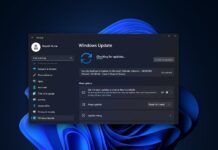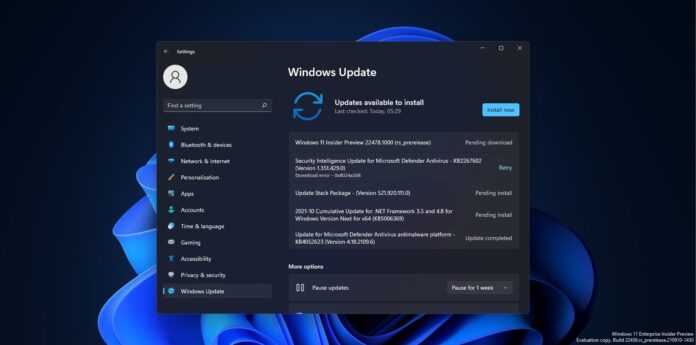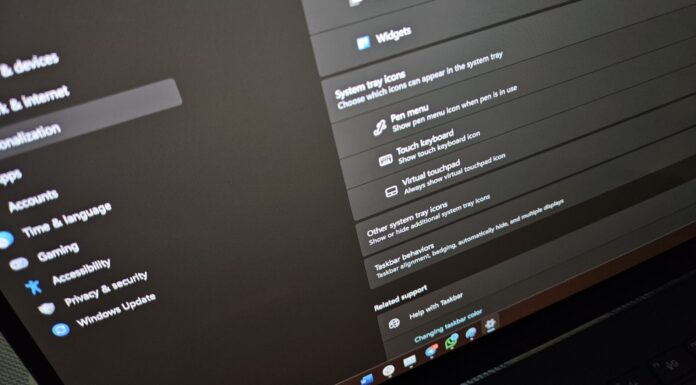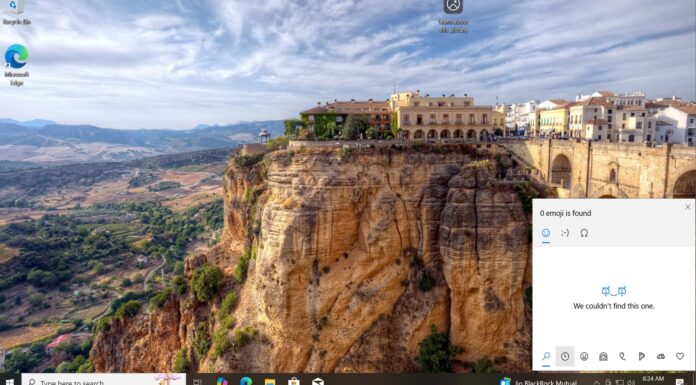Windows Update is one of the reasons why people criticize Windows. Over the past few years, Microsoft has made various changes and improvements to improve the performance of Windows Update.
For example, Microsoft started offering driver updates via a new optional update page. The company also added features like active hours, servicing stack updates, experience packs, update stack packages, smaller update packages, enablement package concept, and the ability to pause Windows Update on Windows Home edition.
As you might have noticed, Microsoft has also made significant changes to its AI and ML model to better understand why and how Windows Updates are failing on some configurations. It turns out that one of the most important factors is the duration of the device’s uptime and its connection to Windows Update.
Your device should be online for at least eight hours to process Windows cumulative or feature updates properly. This period is called ‘Update Connectivity’ and eight hours is necessary to get the latest updates from Microsoft’s servers and successfully install them.
If you frequently turn off your device or disconnect it from the internet, you won’t be able to successfully install quality and feature updates in future. Devices that do not meet a certain amount of connected time are more vulnerable to Windows Update failures.
The Update Connectivity period includes a minimum of two continuous connected hours and six total connected hours after an update is available for download.
Specifically, data shows that devices need a minimum of two continuous connected hours, and six total connected hours after an update is released to reliably update. “This allows for a successful download and background installations that are able to restart or resume once a device is active and connected,” Microsoft noted in a new blog post.
Microsoft revealed that 50% of outdated devices do not meet the minimum Update Connectivity measurement.
If you’re having a hard time dealing with Windows Update, you can also follow a few tips Microsoft today shared last year. According to the company, you must install Windows on a faster drive (SSDs), which can speed up the installation process by up to six times as compared to HDD.
Additionally, Microsoft also wants you to use a single antivirus or file system filter driver instead of Windows Defender with a 3rd party antivirus. Windows Updates may not work properly if you use two security solutions at the same time.






















